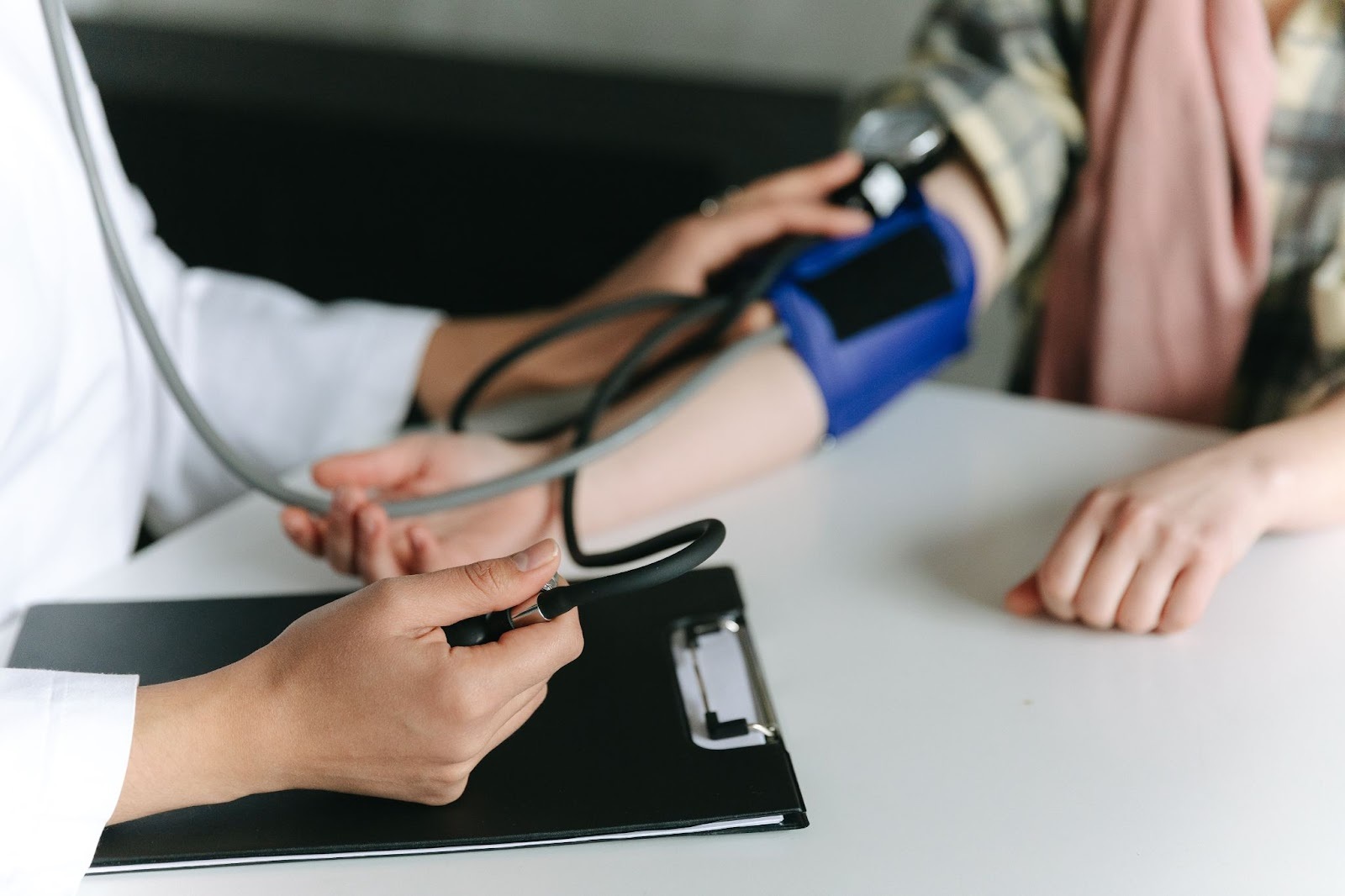All About Remote Patient Monitoring in Cardiology
Remote patient monitoring is a hot topic in all healthcare fields, but it has especially promising implications for cardiology patients and providers. Cardiovascular conditions demand regular supervision and timely intervention. Remote patient monitoring helps bridge the gap between real-time patient health changes and health solutions by connecting providers to the information they need most.

What is Remote Patient Monitoring for Cardiac Patients?
Remote patient monitoring (RPM) is a healthcare strategy that allows providers to monitor and manage patients from afar. RPM technology and practices can help collect and transmit essential patient health data in real time. From there, providers can review and respond to emerging health needs.
Using remote patient monitoring for cardiac patients typically means utilizing a device to monitor data that’s significant for conditions such as:
- Hypertension
- Atrial fibrillation
- Heart failure
- Stroke
- Heart disease
Common Examples of Cardiac RPM Devices
Even daily changes in cardiovascular function can be worth noting. That’s why cardiac RPM solutions can be so essential; they enable providers to take action before serious health problems arise. Experts note that when implementing RPM, it’s important to consider which vital signs might be most useful in shaping your treatment approach. Some examples of common cardiac RPM devices that provide key insight include:
- Home Blood Pressure Cuffs: Monitoring blood pressure at home is often a vital part of hypertension management. Home blood pressure readings are often more accurate than in-office measurements. Plus, the ability to frequently read vitals in real time offers a more detailed look at a patient’s overall health status.
- Heart Rate Variability Sensors: These devices track changes in a patient’s pulse or heart rhythm to note changes. In doing so, heart rate variability sensors can help identify patients in need of urgent attention.
- Smart Watches or Wearables: Devices that measure pulse, blood oxygen levels, and other essential vitals help providers spot areas of concern before they become significant.
What Patients Are Eligible for Remote Patient Monitoring?
Patients who have been diagnosed with a cardiovascular condition that could benefit from regular monitoring should be eligible for RPM devices and solutions. A diagnosis or official screening can help providers identify areas of need that RPM can target. Identifying vitals and systems that could benefit from regular supervision is a key part of determining who is eligible – and who might benefit from other solutions.
What Are the Benefits of Remote Cardiac Monitoring?
Better Health Outcomes
RPM can help patients of all kinds avoid serious health concerns, in-person doctor’s visits, and hospitalizations. It achieves this by spotting potential areas of need early. When there are fewer opportunities for health needs to emerge or worsen, there are fewer chances to experience negative changes to a patient’s overall health and wellness.
And, unlike other home care and monitoring solutions – such as daily weight measurement or blood pressure monitoring – RPM does most of the hard work for a patient. It lifts some of the burdens of collecting, understanding, and communicating health data so that patients can reliably update providers.
Accessible Healthcare
Not all patients have easy access to in-person appointments or even emergency rooms. RPM helps negate some of these needs by bringing care and support to the patient.
Plus, its ability to cut back on the need for hospitalizations helps patients further avoid care-related costs and commitments. RPM proves to be especially useful for patients in rural areas because of these benefits.
Manageable Costs & Care
Heart disease, strokes, and other cardiovascular conditions cost providers and patients billions of dollars each year. Monitoring these conditions without the use of RPM also costs productive hours for patients and providers alike.
RPM is an essential form of preventative care that can help lower costs for all involved, therefore making the healthcare process more approachable and efficient.
Utilize Remote Patient Monitoring in Cardiology at Your Practice
If remote patient monitoring sounds like a tool that could benefit your practice, the next step is identifying the technology and resources that will help make it a success.
The most beneficial RPM devices and services are those that are accessible and understandable for patients. That means it’s worth it to invest in RPM solutions that not only provide functional devices but also features that make navigating RPM easier for patients and providers.
At CoachCare, our RPM platform and devices go above and beyond. We make it simple for patients to access their health data and communicate with providers. We’re also here to help providers monitor real-time changes and take appropriate action to treat patient needs as they arise.
From communication to troubleshooting and bringing healthcare interventions to fruition, our team has your back. Bring RPM for cardiology to your practice today. Learn more about our RPM devices and solutions to get started.